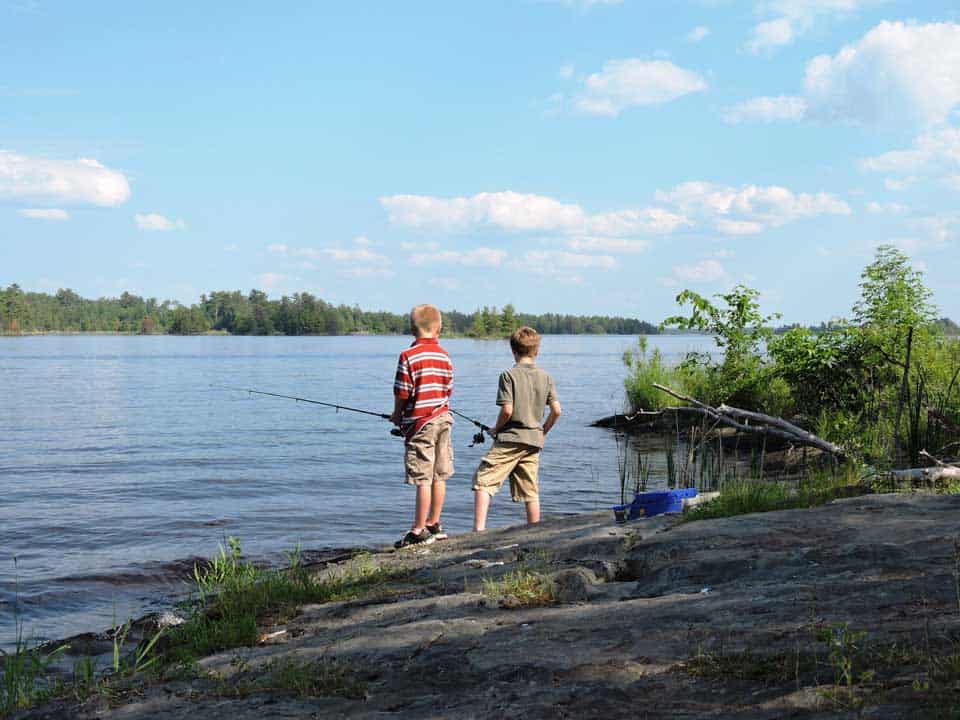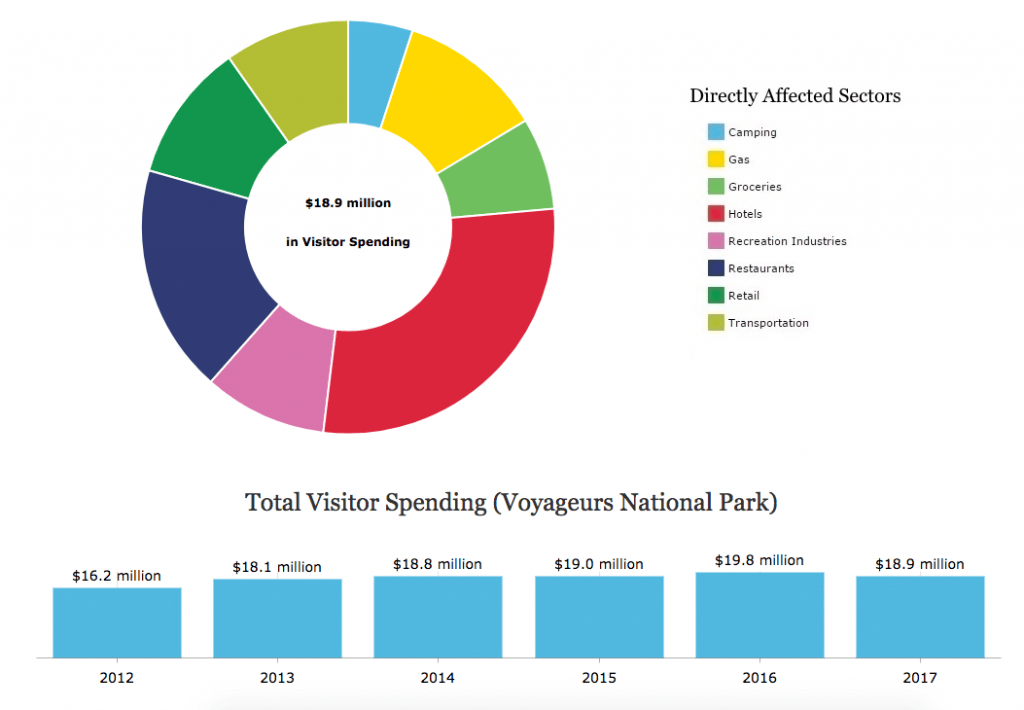
A report by the federal government has determined that tourists to Voyageurs National Park on Minnesota’s northern border in 2017 spent $18.9 million in nearby towns, supporting 273 jobs.
The peer-reviewed visitor spending analysis was conducted by the U.S. Geological Survey and the National Park Service.
It also found there had been more than 237,000 visitors to the park.
“The environment of northern Minnesota is integral to our economy in so many ways. Assuring we have places like Voyageurs National Park to provide a way to escape to and connect with our environment is vital to our economy as well,” said Superintendent Bob DeGross.
Spending was down about $1 million in 2017 from the year before.

Park visitors purchased gas, lodging, groceries, meals, supplies, and other items in communities throughout the Rainy Lake, Kabetogama, Ash River, Orr and Crane Lake gateway regions. Hotels accounted for the largest share of spending in 2017, at 28.33%. Other significant portions included restaurants (17.85%), gas (11.35%), and retail (10.83%).
“The impact is important to the economy of each area. We had increases in lodging tax in the taxing district here — International Falls, Ranier, Rainy Lake — over the past fiscal year,” Pete Schultz, director of the area’s Visitor and Convention Bureau, told the International Falls Journal. “Economic forecasts and travel predictions indicate we will have a busy summer this year, too. Indeed, we have responded to hundreds more information requests this spring.”
He said the campsite reservation system that was fully in effect for the first time last year has made the National Park a more attractive destination for tourists. Not knowing if they would find a site had deterred potential visitors previously, and the campsites were heavily booked in 2017. Schultz expects camping will reach near capacity in the future.
Nationally, the report showed National Parks generated $18.2 billion of direct spending by 331 million park visitors in communities within 60 miles of a national park. This spending supported 306,000 jobs nationally and had a cumulative benefit to the U.S. economy of $35.8 billion.

